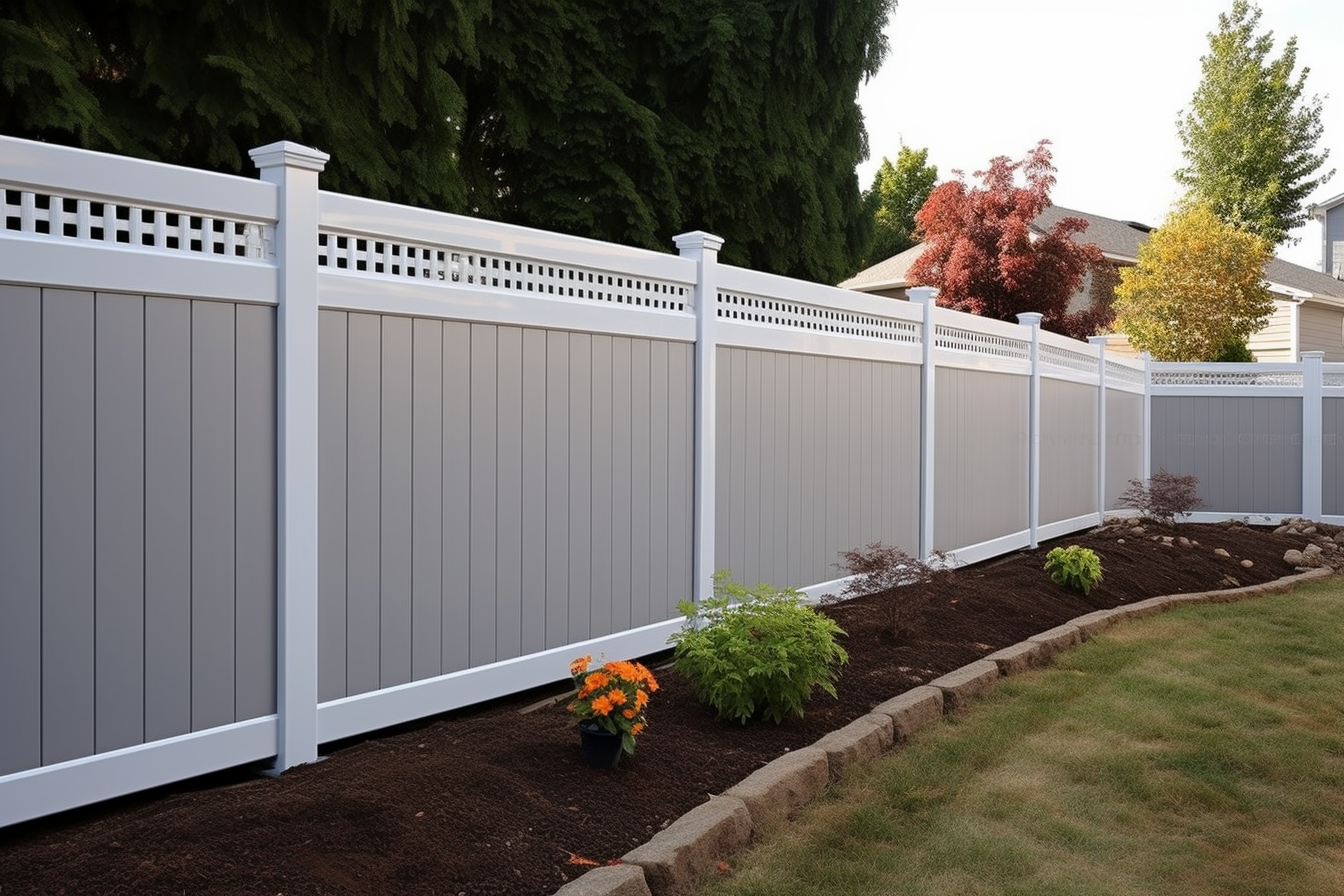The Allure of Transitional Style: Bridging Traditional and Modern Aesthetics
Introduction: Discover the charm of transitional style, a design approach that blends traditional and modern aesthetics to create a timeless appeal. Enjoy the best of both worlds as we delve into the history, current trends, and practicalities of this unique design philosophy.

A Glimpse into the History of Transitional Style
Transitional style was born out of a desire to merge the comforting familiarity of traditional design with the sleek simplicity of contemporary trends. This design movement began gaining traction in the late 20th century as homeowners sought to combine their love for classic elements with the emerging allure of modern design. With its focus on balance and harmony, the transitional style became a popular choice, offering a middle ground in the ever-evolving world of interior design.
Contemporary Trends in Transitional Style
In the current design landscape, transitional style has evolved to incorporate a variety of trends. The use of a neutral color palette is still a staple, with shades of beige, gray, and white providing a calming and sophisticated backdrop. However, there’s been a shift towards adding pops of bold color for visual interest. Mixed materials are also trending, with designers combining different textures like wood, glass, and metal to add depth and character.
Practicality of Transitional Style: A Versatile Approach
The appeal of transitional style lies in its flexibility. With its blend of old and new, this design approach can adapt to a wide range of tastes and preferences. This style is ideal for those who appreciate traditional design elements but crave a touch of modernity. It’s also highly practical for updating older homes without losing their original charm. The market trends reflect this versatility, with a growing demand for transitional style furniture and décor.
Enhancing Daily Living Through Transitional Style
By creating a balance between the warmth of traditional design and the clean lines of modern style, transitional design enhances daily living in several ways. It offers a sense of comfort and familiarity, while also embracing the simplicity and functional aesthetics of contemporary design. This mix of old and new can also stimulate creativity, encouraging homeowners to experiment with different elements to create their unique transitional space.
Bringing Transitional Style to Life: Expert Tips
Achieving the perfect transitional look requires a careful blend of traditional and modern elements. Here are some expert tips to guide you:
-
Start with a neutral base: Choose soft, soothing hues for your walls, flooring, and large furniture pieces. This creates a blank canvas for your design.
-
Mix materials: Incorporate a variety of textures and finishes to add depth and interest. Consider a leather couch with a sleek glass coffee table, or a traditional wooden dining table paired with modern metal chairs.
-
Add pops of color: While neutrals dominate a transitional space, adding bold accents can bring the room to life. Consider a vibrant piece of art or colorful cushions to break the monotony.
-
Balance old and new: The key to transitional style is balance. Ensure that neither the traditional nor the modern elements overpower the other. The goal is to create a seamless blend that feels harmonious and cohesive.
Conclusion
Transitional style is a testament to the beauty of balance. By blending the charm of traditional design with the sleek simplicity of modern aesthetics, it offers a flexible and timeless approach to home décor. Whether you’re updating your current home or decorating a new one, consider the transitional style for a balanced, beautiful, and functional space.




